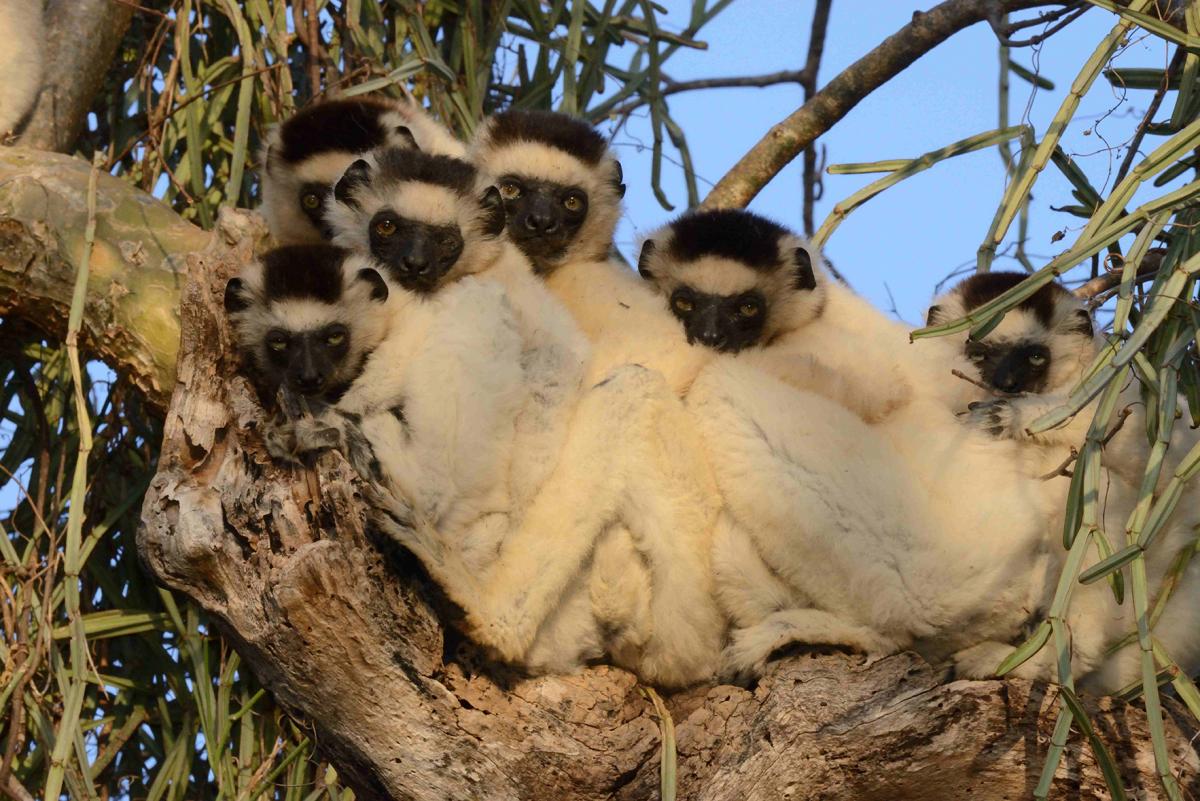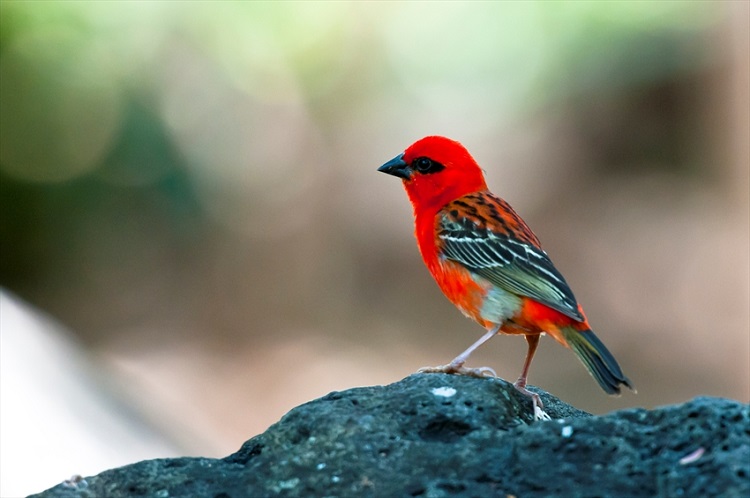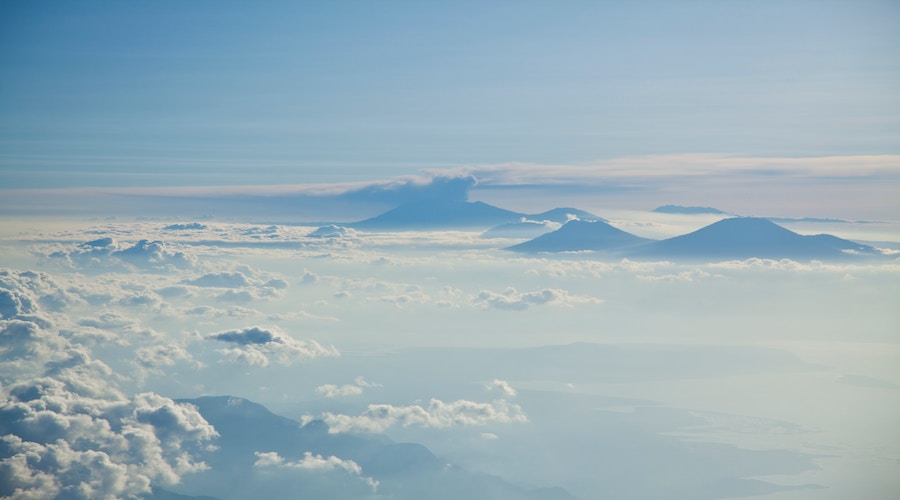Major donation boosts efforts to save Madagascar’s lemur species from extinction
A significant donation from a private Geneva-based foundation will boost efforts to protect Madagascar’s endemic lemurs, 94% of which are threatened with extinction – as announced by IUCN, International Union for Conservation of Nature, ahead of World Lemur Day celebrated on 30 October.

Photo: © Russell A. Mittermeier
The donation will allow IUCN to implement – through the SOS - Save Our Species initiative – the Lemur Conservation Strategy, and to provide grants to civil society organisations for the implementation of lemur conservation actions over the next six years, starting from January 2017.
“Lemurs are unique to Madagascar and make a valuable contribution to our country’s global reputation,” says Dr Johanita Ndahimananjara, Minister of Environment, Ecology and Forests. “They are invaluable to Madagascar’s eco-tourism sector. Many people come to our country just to see these wonderful creatures. Our country is facing a rapid degradation of their habitats, the forests. We should save the lemurs through integrated and multi-stakeholder programmes. As an IUCN State Member, we believe in the IUCN mission and welcome this initiative helping us protect our natural heritage in a sustainable way.”
According to the IUCN Red List of Threatened Species™, of the 111 lemur species, 24 are currently listed as Critically Endangered, 49 are Endangered and 20 are Vulnerable. Furthermore, it is estimated that more than 80% of Madagascar’s forests – lemur’s key habitats – have been cleared, leaving between 50,000 and 60,000 km² more or less intact.
“Worldwide, lemurs are a most important symbol, Madagascar’s most salient brand and are truly synonymous with the country,” says Russell A. Mittermeier, Chair of the IUCN Species Survival Commission’s (SSC) Primate Specialist Group (PSG) and Executive Vice-Chair of Conservation International. “They are also the basis of a major ecotourism industry that grows every year and provides multiple benefits to locals living near lemur habitats. What is more, all five families, 15 genera and 111 species of lemurs are endemic to Madagascar and found nowhere else in the world, meaning that their survival depends on strong conservation policies in their natural habitat. Simply put, they represent the single highest major primate conservation priority in the world.
“To save them from extinction and ensure that they provide continued benefits to Madagascar’s people there are three things that we know will work, all of them inexpensive and straightforward to implement. The first is working on grassroots projects with local communities so people can improve their quality of life through conservation; second, by supporting and stimulating targeted ecosystem programmes in key habitats; and third, establishing long-term research stations to learn more about these animals and provide protection against threats like hunting and illegal logging.”
Since 2013, IUCN has been working to implement the recommendations of the Lemur Conservation Strategy – a seminal document prepared with support from Conservation International, the Margot Marsh Biodiversity Foundation, and the Bristol Zoological Society, and elaborated by the IUCN SSC Primate Specialist Group. A special initiative titled SOS Lemurs was initiated at the beginning of 2016 under the auspices of the SOS - Save Our Species partnership created with the Global Environment Facility and the World Bank in 2010.
Based on the knowledge generated by the IUCN Red List and the expertise of IUCN Commissions, IUCN will identify and support the best actions to tackle the threats faced by lemurs while supporting communities at the grassroots level.
“Today’s announcement is a major step forward in the face of the current global extinction crisis,” says Jean-Christophe Vié, Director, SOS – Save Our Species, and Deputy Director, IUCN Global Species Programme. “This news represents significant progress in the larger journey of helping Malagasy people build resilience and wealth by cherishing their unique natural heritage. With this support we are given the means to implement a large-scale conservation programme for an entire group of species working with a broad range of organisations. It is also a confirmation that we are providing an appealing model for donors who want to contribute to the preservation of our environment, in particular the survival of wildlife, making the best use of IUCN’s unique niche and expertise.”
By disbursing small to medium-sized grants to existing Madagascar-based conservation actors the SOS model ensures that funds are channelled to where they are most needed. The first 11 projects initiated under SOS Lemurs began in early 2016 and cover 24 species of lemurs. They were made possible thanks to a partnership with several other key donors including the Global Environment Facility, Fondation Segré, Fondation Iris and the Mohamed bin Zayed Species Conservation Fund.
“The importance of implementing the Lemur Conservation Strategy simply cannot be overstated,” says Christoph Schwitzer, Director of Conservation at Bristol Zoological Society, Deputy Chair and Red List Authority Coordinator for the IUCN SSC Primate Specialist Group and one of the principal authors of the Lemur Conservation Strategy. “We now have the means and the tools to help lemurs survive. For the broader benefit of Madagascar and the world, we must not fail.”



